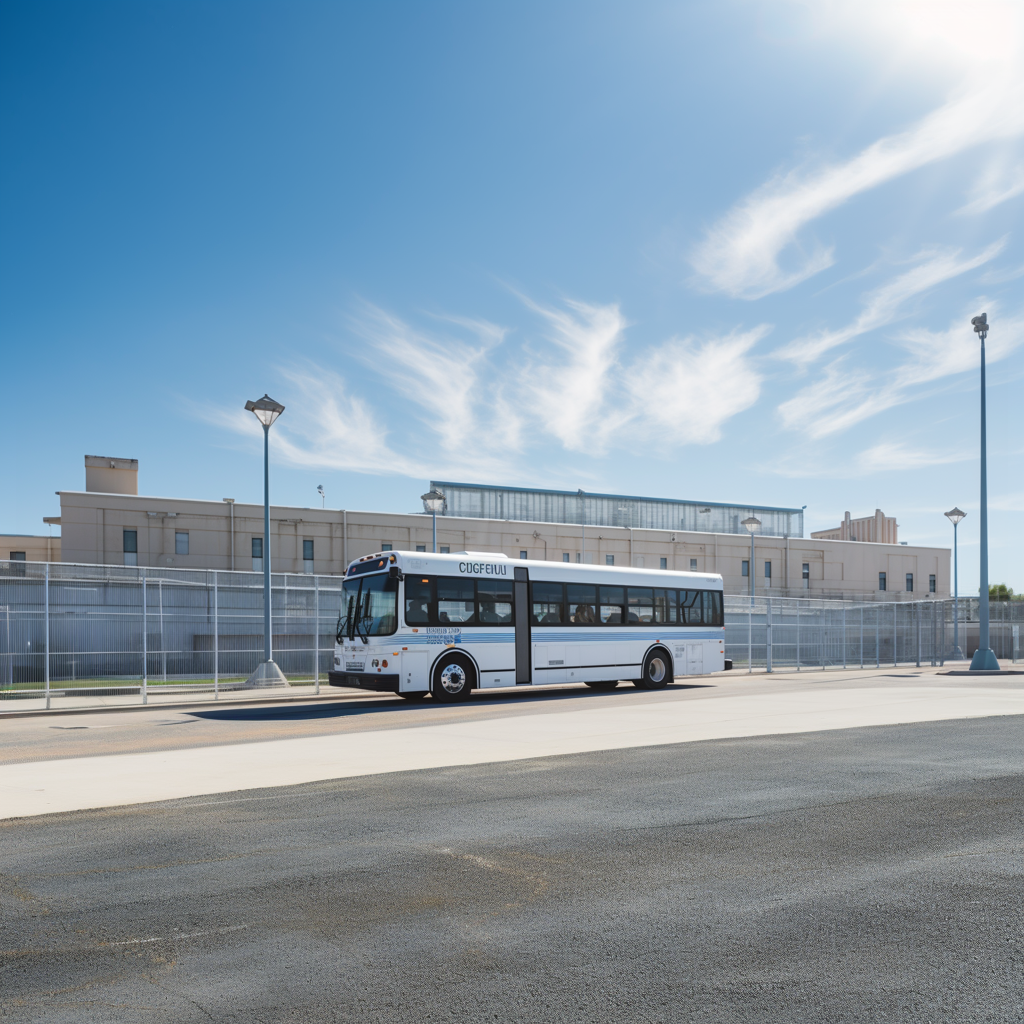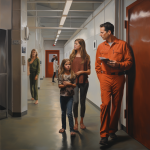Visiting an inmate in prison can be an important way to maintain connections and provide support. Understanding the different types of inmate visitation options available is crucial for navigating the process effectively. In this article, we will delve into the various types of inmate visitation, shedding light on the different options and what you can expect from each.
Regular Visits:
Regular visits are the most common type of visitation offered to inmates. These visits usually take place in designated visitation areas within the correctional facility. They allow inmates to spend quality time with their loved ones, providing an opportunity for conversation, physical contact (depending on facility rules), and a sense of connection.
During regular visits, visitors and inmates are typically allowed to sit together at tables, and conversation can take place without barriers. Depending on the facility, physical contact such as hugging or holding hands may be permitted. However, it’s essential to familiarize yourself with the specific rules and guidelines set by the correctional facility before the visit to ensure compliance.
Special Visits:
Special visits are granted under specific circumstances that may not align with regular visitation schedules. These visits are typically requested and approved on a case-by-case basis, considering factors such as emergencies, critical life events, or legal matters. Special visits allow for additional visitation opportunities beyond the usual schedule, offering flexibility in exceptional situations.
To request a special visit, it is necessary to follow the correctional facility’s guidelines and protocols. Usually, documentation and supporting evidence are required to justify the need for a special visit. It’s essential to plan ahead and communicate effectively with the facility’s authorities to ensure a smooth process.
Contact vs. Non-Contact Visits:
Correctional facilities may offer two different types of visits: contact and non-contact visits. Contact visits involve physical contact between the inmate and the visitor, while non-contact visits occur with a physical barrier between them, typically through glass or wire mesh.
Contact visits allow for direct interaction, including physical touch such as hugs or holding hands. These visits provide a more intimate connection and are often preferred when allowed, as they foster a sense of closeness between inmates and their loved ones. However, they may come with additional security measures, such as thorough searches or specific dress code requirements.
On the other hand, non-contact visits prioritize security and safety by maintaining a physical barrier between visitors and inmates. These visits usually occur through a glass partition or using communication devices, such as telephones. While physical contact is not possible during non-contact visits, they still enable communication and visual interaction.
Understanding the various types of inmate visitation is essential for anyone planning to visit a loved one in prison. Regular visits offer the opportunity for meaningful connections, while special visits provide flexibility in exceptional circumstances. Contact and non-contact visits cater to different needs, ensuring both security and human connection. By being aware of these options, you can make informed decisions and better navigate the inmate visitation process.











